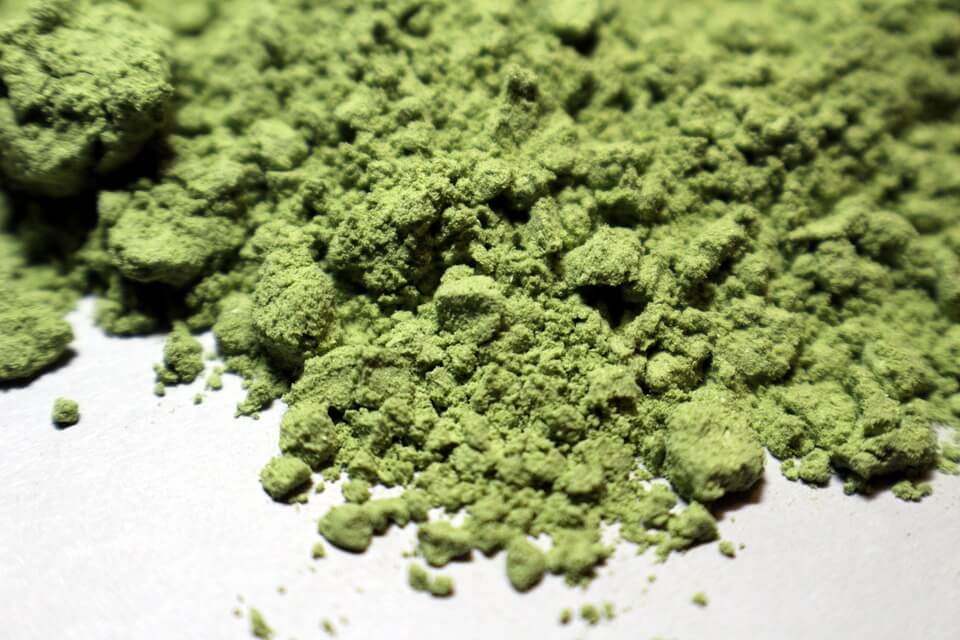With kratom taking the world by storm and gathering millions of users, many enthusiasts are now looking for the best ways to grow their plants and
become more sustainable. Naturally, this great interest created a surge in search inquiries on Google regarding planting kratom seedlings and cuttings.
We have a solution if you’re wasting too much time and effort finding a trustworthy provider to buy high-quality kratom. You can use this extensive guide to find out what kratom cuttings are and what to do to plant them correctly and grow your kratom.
Kratom cuttings 101
A twig or a leaf is called a plant cutting. The term refers to an actual cutting from a living plant or tree. Plant cuttings have a chance of survival, but only if they are adequately treated. Cuttings are more resilient when it comes to surviving being planted than seedlings. More importantly, they offer a higher chance of success when trying to grow an actual kratom plant.
Cuttings differ from seedlings because they already have growth on them. This gives them a better chance of growing into an actual plant. However, since cuttings don’t come with roots, you’ll have to make sure your cutting makes it to the rooting phase before planting it. Thankfully, we can provide a few valuable tips on rooting your kratom cuttings.

Kratom
Tips for rooting kratom cuttings
Since cuttings don’t have roots, the first thing to do is place your cuttings in a bag filled with peat moss or rich soil. Pay attention to the moisture as your cuttings need adequately moist soil to grow. However, too much moisture could cause fungi growth and endanger your cuttings.
Keep the bag sealed and store it in a dry and dark place until it starts shooting its roots. Open the bag occasionally to reduce the humidity levels and let some fresh air inside. Once it begins rooting, it’s time to shed off the bag and allow it into the sun.
Kratom plants require abundant nutrition, so make sure your plant has everything it needs to thrive—the more fertile the soil, the healthier the plant and the stronger the effects will ultimately be. Perfect soil for kratom is one rich in nitrogen. Even though the kratom plant requires lots of water, they don’t need drainage. Just keep the fungus away from your plants, and they should be fine.
Planting kratom cuttings
Even though it might seem easy, planting kratom cuttings is tricky, even tedious. However, we can help make it a bit easier by sharing these steps to properly grow kratom and allow it to transform into a new plant:
- Pick a rich and reasonably wet soil but make sure it isn’t too moist;
- A sealable plastic bag will do the trick;
- Make sure you use some product for antifungal protection;
- When your cutting begins growing roots, take a pot filled with mildly moist, fertile soil and place your cutting in it.
- Check your cutting each day and do not allow the soil to get dry;
- Keep the soil moist to the touch.

Kratom
Growing kratom requires a few vital things, such as suitable habitat, rich soil, sunlight, moisture, and relatively tropical conditions. Avoid exposing your cutting to direct sunlight until it’s rooted. Usually, a cutting takes around 20 days to start growing roots, but it depends on the soil.
If you want to speed up the rooting process, you can introduce artificial lighting. Once your cutting is ready for transplant and sunlight exposure, do it slowly and with the right amounts of water. Check your cuttings every day to ensure no fungus or mold signs.
You can provide your cuttings with fresh nutrients by adding fertilizer to the soil. We’d also like to mention that introducing a young plant to air temperature can be challenging for your cutting, so you should slowly introduce it to less humid temperatures before you finally take it out.
Conclusion
You have a friendly, comprehensive, and user-friendly guide to planting kratom cuttings and growing them to complete plants. You can find a lot of related kratom information on our website regarding different kratom strains, products, effects, and more.
We hope this outlines the process of growing kratom plants well and clarifies the steps to success. Visit our website today and start growing your kratom.






